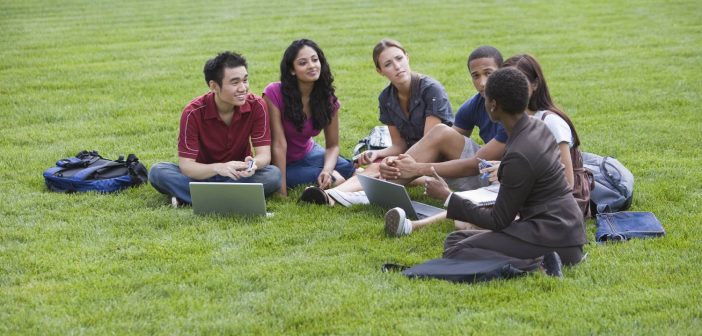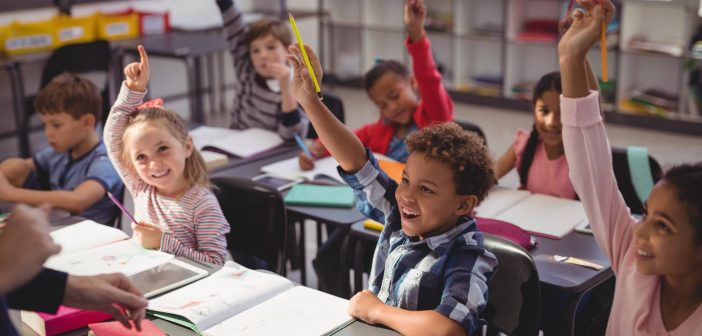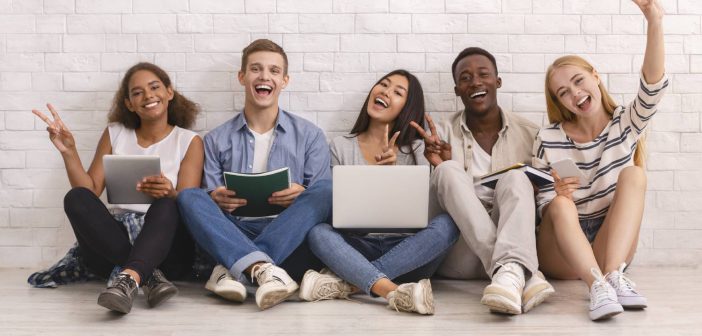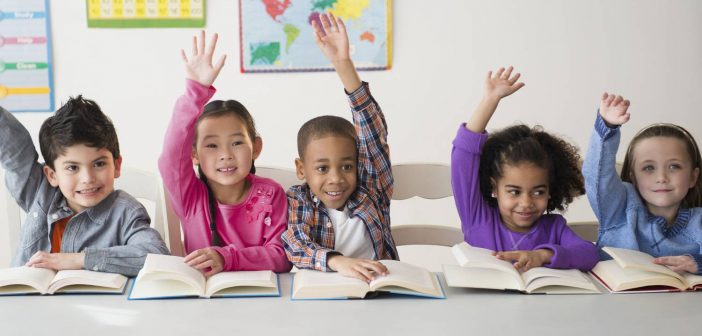
A line in the sand was drawn in March 2020 at the beginning of the COVID-19 pandemic. Schools closed and all education-related stories focused on learning loss and other related events that happened after that date. As the discussion shifts to learning recovery, there is still a significant amount of




